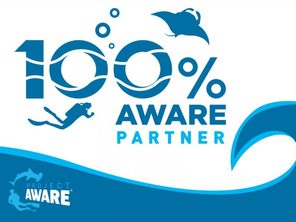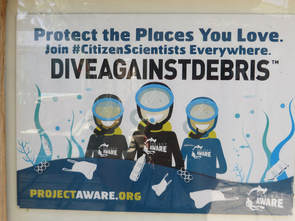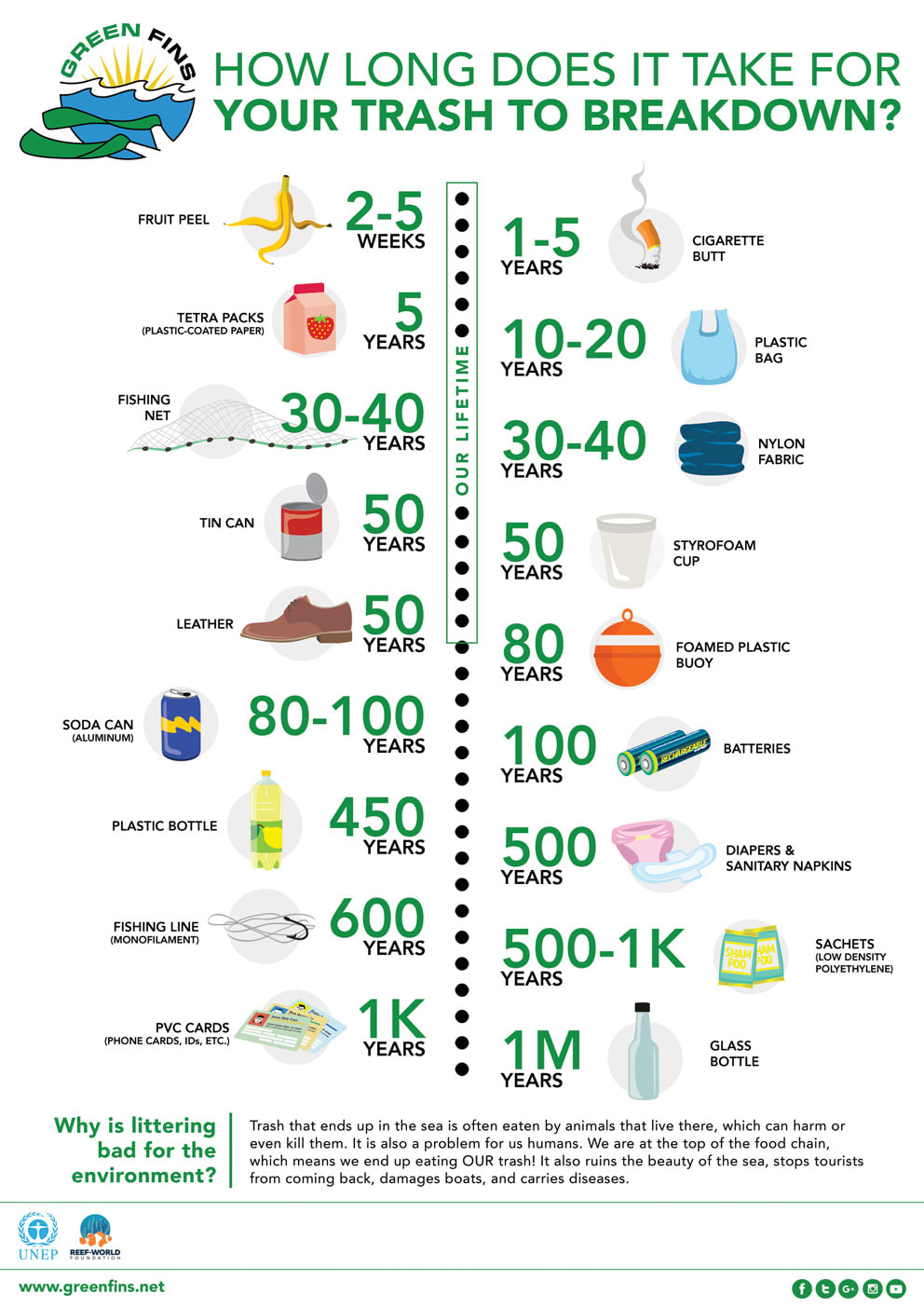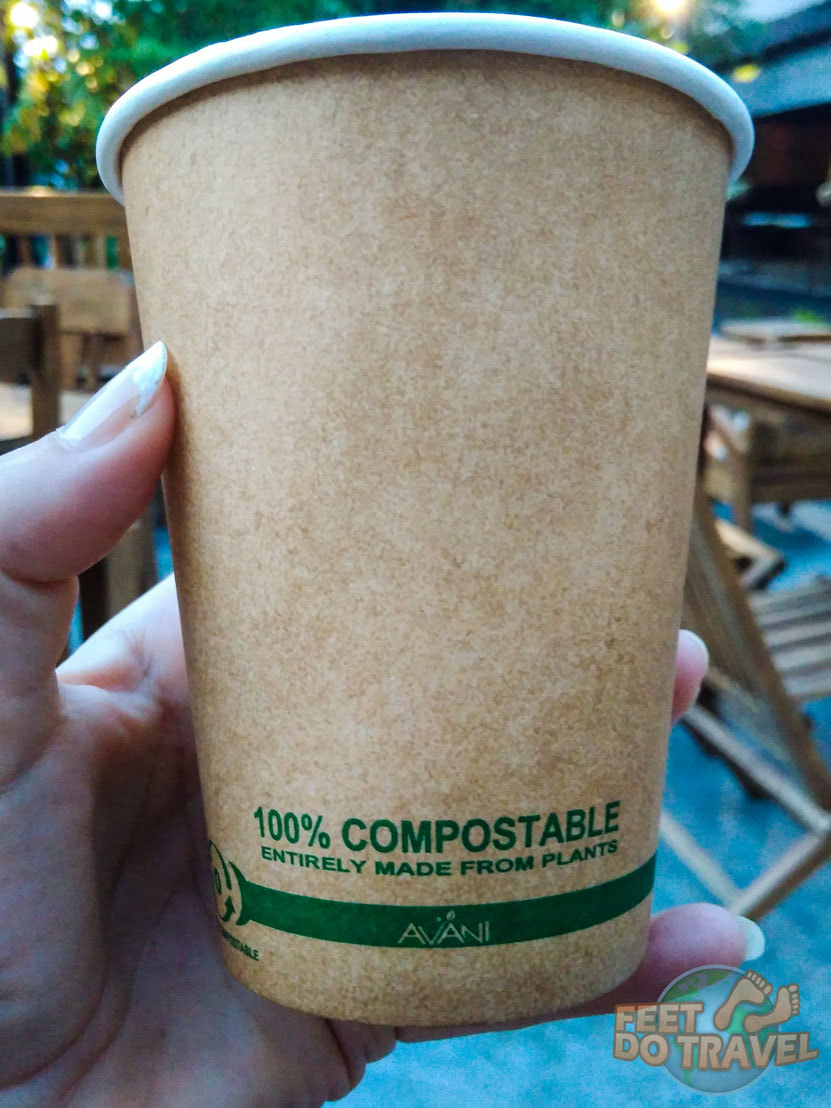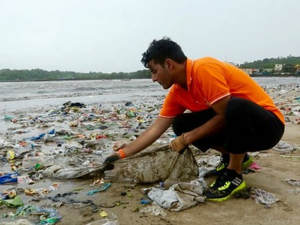
The world has a plastic problem. Every day on my Facebook feed I see news reports and graphics showing how devastating and far reaching the effects are. This problem is 100% caused by human activity. It is humans that have done this to our world.
Tens and thousands of animals and seabirds die each year from entanglement, ingestion and suffocation.
If fish are eating plastic particles, chemicals from the plastics remain in the fish, then we eat fish. Humans are inadvertently ingesting plastic particles in the food we eat.
The 2018 World Oceans Day Action Plan is “Preventing plastic pollution and encouraging solutions for a healthy ocean”
We have lived on the paradise island of Gili Air, Indonesia for over a year, and have seen with our own eyes how plastic has affected our oceans, and our world.
But all is not lost. I am humbled by the dedication and commitment of islanders and organisations who are trying to make a difference. Trying ... and succeeding. They are proof that if you work together, if you make changes, if you educate (and are prepared to learn) and more sustainable methods are taught, you CAN make a difference.
The word plastic derives from the Greek word “plastikos” which means "capable of being shaped or molded”. Plastic has in fact been around for millennia in some form, but the big breakthrough, which could be considered the birth of modern plastics, was in 1907 by the Belgian-born American Leo Baekeland. The first synthetic plastic was made from fossil fuel. Later we had Polystyrene (1929), polyester (1930), PVC (1933) and nylon (1935). In the 1930’s, plastic was the height of glamour as it could be made into different colours, for example, Ginger Roger would dance around a chic white laminate interior.
How does plastic reach the ocean?
The problem begins on land. Some of the world’s ocean trash comes from cruise ships or fishing boats, but it also “leaks” from land-based collections sites, by wind and rains sweeping debris into the ocean. If trash isn’t collected correctly in the first place, or there are limited (or no) recycling facilities, this will end up in our oceans.
The Great Pacific Garbage Patch is in the North Pacific Ocean and was discovered in 1997 by Captain Charles Moore. Also known as the Pacific trash vortex, it comprises the Western Garbage Patch near Japan, and the Eastern Garbage Patch, located between the U.S. states of Hawaii and California. It’s the most famous, is twice the size of Texas, 9 feet deep covering 1.6 million sq km. As it’s so far from any country’s coastline, no nation is prepared to fund, or take responsibility for cleaning it up. Charles Moore continues to raise awareness about the Ocean’s devastating problem through his organisation “Algalita Marine Research Foundation”.
I have seen first-hand how paradise is affected. The problem is single use plastics such as straws, disposable lighters, water bottles, crisp packets, carrier bags … my goodness, the amount of bags I have seen underwater, and sky high piles of discarded water bottles is frightening. A study by The Ocean Conservancy and World Atlas (as well as various other organisations) have revealed that China are the world's largest contributor to plastic wastage in our oceans with 8.82 tonnes annually, and Indonesia are second with 3.22 tonnes.
Who hasn’t seen the shocking video of a diver in the waters of Bali.

Every child in the programme now has a #PlasticFreeParadise kit.
 #PlasticFreeParadise kit. Photo source: Gili Shark Conservation
#PlasticFreeParadise kit. Photo source: Gili Shark Conservation
On 2 June, Gili Shark Conservation held a flea market to raise funds for the conservation classes. They made a total of 6,200.000 IDR (£334/US $446), which is enough to hire an extra teacher to teach conservation classes for another six months.
What better way for the islands’ future than giving children tools to say no to plastic. #PlasticFreeParadise
#PlasticFreeParadise #FreeEducation #WorkingTogether #BecomePartOfTheSolution
“Small acts when multiplied by millions of people can transform the world” – Project Aware
Other island activities:
If you wanted to take your love for the ocean one step further, Oceans 5 also run Reef Check Courses. This course lasts for 2-3 days, you get 6 ocean dives and it teaches you how to collect data to look for healthy reefs. #DiveAgainstDebris
#TrashHero #SayNoToPlastic #PlasticFreeParadise
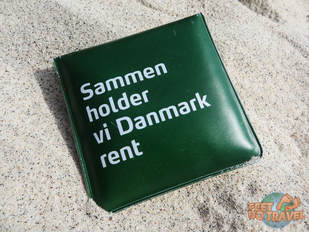
When my Danish friend visited, she would carry this small pouch with her to discard her empty cigarette butts. If you are smoker, why not do the same? When you are near a bin you can then throw the butts away. No more throwing on the floor or leaving them on a beach as litter.
Volunteering at Gili Air Cat Clinic
GIli Air – The Perfect Island?
Gili Trawangan – Not Just a Party Island
Gili Meno – The Island of Love
Best Sunset Spots on Gili Air
10 Must Try Indonesian Dishes
Wonderful Waterfalls of Lombok
Is Pink Beach Lombok Worth Visiting?
Gili Asahan - The Secret Gili Islands
Gili Gede - The Secret Gili Islands
Gili Sudak and Gili Kedis - The Secret Gili Islands
Lembongan – Bali but Better!
Indonesian Orangutan Adventure
Derawan & Sangalaki - Borneo's Hidden Gem?
Komodo Dragon Hike in Rinca
Raja Ampat on a Budget
If you like this post, please Pin & share it!
The #FeetDoTravel blog link-up!
We are proud to host the #FeetDoTravel blog Linkup. If you have a blog post you would like to share, feel free to click on the picture below which will take you through to our Facebook Community and drop your link there. The link-up is open from Friday 12.00am (midnight UK time) and will close Sunday 12.00pm (midnight UK time). We are a fun and loyal group who are more than happy to comment, share and reciprocate! Happy Travelling Feet Fans!















